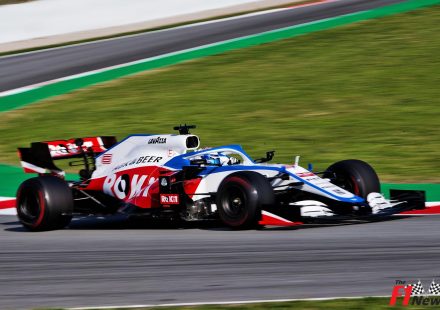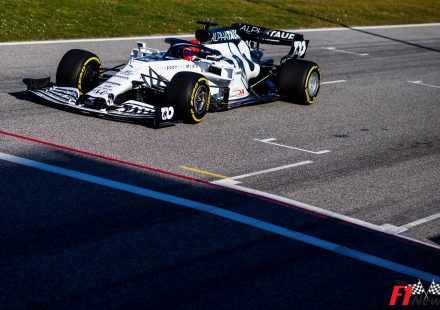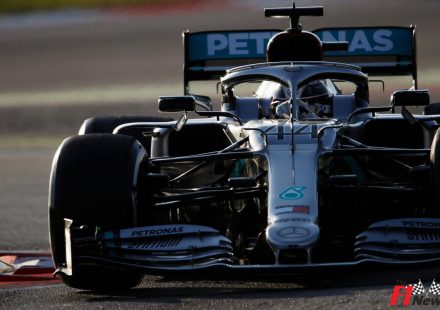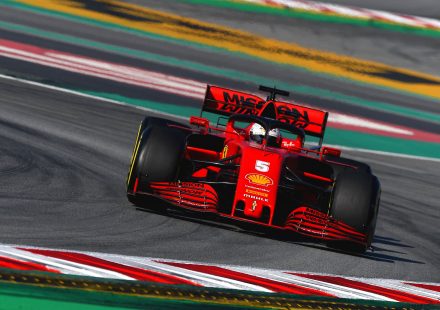Next year could potentially see six street races on the 2013 F1 calendar: Monaco, Europe (Valencia), Singapore, Australia, New Jersey (US) and Argentina. But is the growth of street circuit Grands Prixs good for the sport?
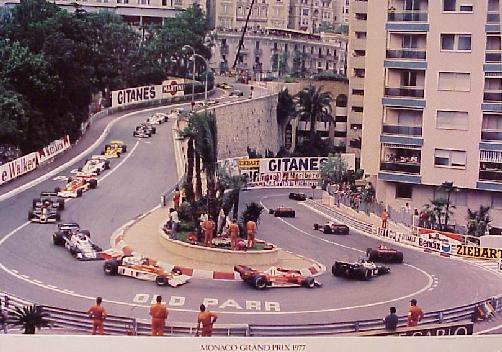 Undoubtedly the most famous street circuit in F1 is Monte Carlo, which will have hosted a Monaco Grand Prix seventy times this year. In fact it is probably one of the most famous races in the world, which makes it a valuable event for Formula 1.
Undoubtedly the most famous street circuit in F1 is Monte Carlo, which will have hosted a Monaco Grand Prix seventy times this year. In fact it is probably one of the most famous races in the world, which makes it a valuable event for Formula 1.
However, Bernie Ecclestone has threatened to drop the Monaco GP in the past as the principality pays relatively low amounts of money to have the right to host the Formula One race. Monaco has been able to get away with this because both they and Formula 1 know how important the race is to the sport. The history of the venue brings a lot of prestige as it has been a staple on the F1 calendar since 1955, and it’s consistently one of the highest rated GPs for television audience figures.
But does the popularity of the Monte Carlo GP justify another five street circuit Grands Prix, including the additions of US’s New Jersey race and Argentina’s Mar del Plata race next year? One of the biggest issues with Formula 1 over the last decade has been overtaking, or the lack of. We have seen several changes to the sport in recent years designed to tackle this problem, such as the major 2009 regulation changes that saw a massive redesign of F1 cars in an effort to make it easier for drivers to follow each other and make an overtaking manoeuvre.
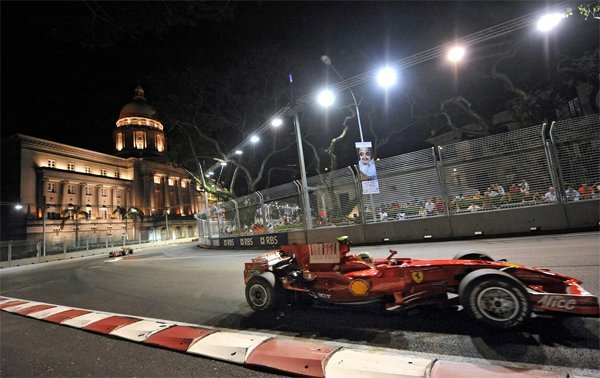 2009 also saw the debut of the Kinetic Energy Recovery System, or KERS, to give every driver a short burst of energy on each lap to aid overtaking. And then last year the FIA introduced the controversial Drag-Reduction System, or DRS, to Formula 1 to help overtaking at certain parts of the track when a car is within one second behind the car in front.
2009 also saw the debut of the Kinetic Energy Recovery System, or KERS, to give every driver a short burst of energy on each lap to aid overtaking. And then last year the FIA introduced the controversial Drag-Reduction System, or DRS, to Formula 1 to help overtaking at certain parts of the track when a car is within one second behind the car in front.
But if overtaking really is such an issue, perhaps there should be more focus on the tracks themselves. This is where the issue of street circuits become clear. For example in Formula 1 in 2011, the two circuits with the lowest number of clean overtakes were both street circuits: Monaco had just 16 overtakes, while Australia had one more with 17. In comparison, the two F1 races with the most overtakes were purpose built circuits: Turkey had the most overtakes with 79, while Canada had 67. There is no doubt that street circuits with their narrow tracks and sharp turns on average produce less overtakes, which on paper means more boring processional races.
 But street circuits do add something to Formula 1 that standard race tracks cannot. The “unusual” backdrop of famous landmarks, houses, the sea and road signs bring helpful publicity to the sport and in theory are more aesthetically pleasing than a track in the middle of nowhere. These factors are a gateway for non-racing fans to get a taster of Formula 1. But when over a quarter of the calendar is made up of street circuits, the novelty easily wears off.
But street circuits do add something to Formula 1 that standard race tracks cannot. The “unusual” backdrop of famous landmarks, houses, the sea and road signs bring helpful publicity to the sport and in theory are more aesthetically pleasing than a track in the middle of nowhere. These factors are a gateway for non-racing fans to get a taster of Formula 1. But when over a quarter of the calendar is made up of street circuits, the novelty easily wears off.
It’s perhaps surprising that Formula 1 is taking this route in the first place. There has been so much work on improving the safety of the sport that it could be considered odd that the sport chooses to favour tracks surrounded by unforgiving metal barriers. Is Bernie deliberately ignoring this factor when wooing new cities to join the calendar?
Monaco should always be a part of the F1 calendar as the glitz and glamour, along with its deep history in the sport adds much more to Formula 1 than Turkey or Hungary ever have or will. And there is no doubt that races in Argentina and New Jersey in America will entice new audiences and pour more money into the sport. But at the end of the day F1 is about the world’s most talented crop of drivers fighting for wins and championships. The sports needs to remember why fans watch races in the first place, and by adding more and more street races, fans get to enjoy less overtaking and the novelty of Formula 1 races taking part on a non-purpose built track becomes less special. Perhaps the news that Valencia and Barcelona may alternate races from next year will go some way to heal the problem.
Sources: Formula1.com, Sporting Life, F1 Fanatic
Please vote in our poll to share your thoughts on street circuits, and why not add a comment below!

